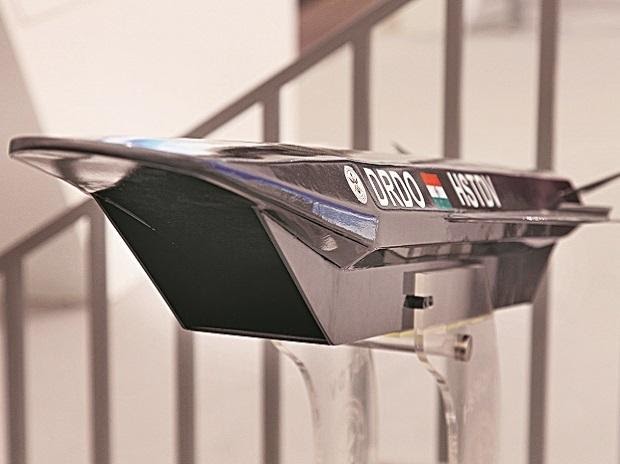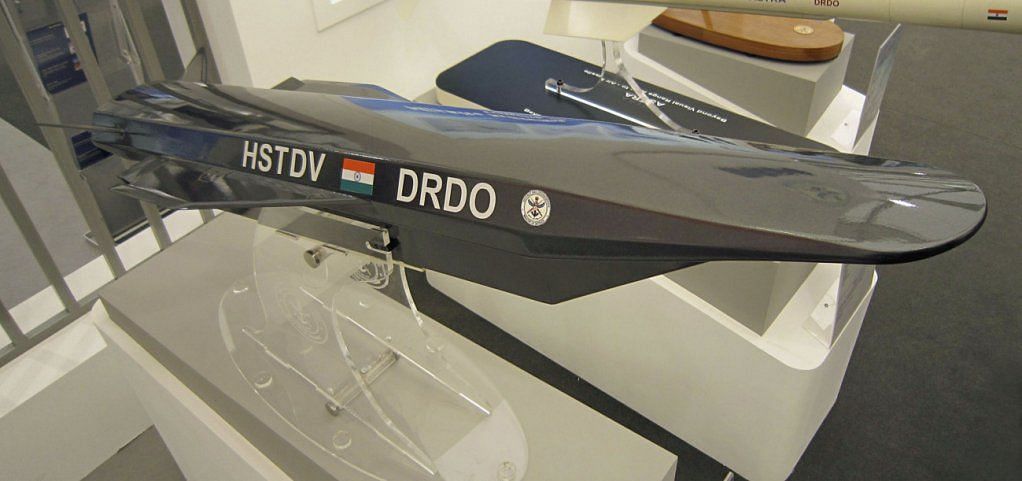
ajaishukla.blogspot.com
On Saturday, Defence Minister Rajnath Singh will travel to Hyderabad to inaugurate India’s first hypersonic wind tunnel – a missile and aircraft testing facility so high-tech that only the US and Russia have them.
In September, India entered an elite group in the field of hypersonics when the Defence R&D Organisation (DRDO) flew its Hypersonic Technology Demonstration Vehicle (HSTDV) at a speed of Mach 6 (six times the speed of sound, or two kilometres per second) for more than 22 seconds.
However, the HSTDV test was a leap into the blue, with the only assurance of success coming from previous computer simulations. Hereafter, with the DRDO possessing hypersonic wind tunnel facilities, future tests of hypersonic missiles, aircraft and engines would also have the comfort of prior physical testing in a wind tunnel.
The new DRDO wind tunnel will be capable of simulating flight between Mach 5 to Mach 12. All flight above Mach 5-6 is regarded as hypersonic flight. Currently, the fastest fighter jets and cruise missiles travel at Mach 2.5 to Mach 3.
The new wind tunnel will allow better preparation for flight-testing by physically duplicating the extreme environment of hypersonic flight in ground testing. This will allow the DRDO’s aerodynamicists to discover issues and problems and to iron them out before flight testing.
Wind tunnels are basically large tubes with a provision to blow air through them at very high speed. Moving air around a scaled-down model of the object being tested makes it seem like the object is flying, even though it actually remains stationary in the tunnel. Gauges installed at crucial points on the object being tested provide vital information about how air would flow over the object’s surfaces in actual flight.
Designing and developing a hypersonic wind tunnel posed major construction challenges in the aero and thermo-mechanical fields. A source in the DRDO states: “It involved intricate engineering, demanded massive fabrication effort, utilized super-precision machining, involved precise erection of heavy equipment and had to satisfy a range of safety protocols. It was a totally indigenous effort and required working in synergy with Indian industries.”
Presently all missile and aircraft pre-flight testing is carried out in in the so-called Trisonic Wind Tunnel Facility that is operated by the at National Aerospace Laboratory, Bangalore. Since this can simulate object speeds only up to Mach 4, more sophisticated wind tunnels are needed for the DRDO’s hypersonic flight programmes.
DRDO sources say the new wind tunnel, which will be operated by the Defence Research and Development Laboratory (DRDL), will be invaluable in the configuration design of tactical missiles, designing of multi-stage vehicles, intake aerodynamics, aerodynamics of submunition warhead, stage separation studies for multi-stage rockets and aero-thermal design for re-entry vehicles.
Even supersonic cruise missiles and aircraft are vulnerable to interception, but launching a hypersonic object at a target leaves the enemy with very little time to react. It is estimated that a hypersonic Indian missile would strike a target anywhere in China in less than five minutes, while a Chinese hypersonic missile would strike targets in the US in under 14 minutes.

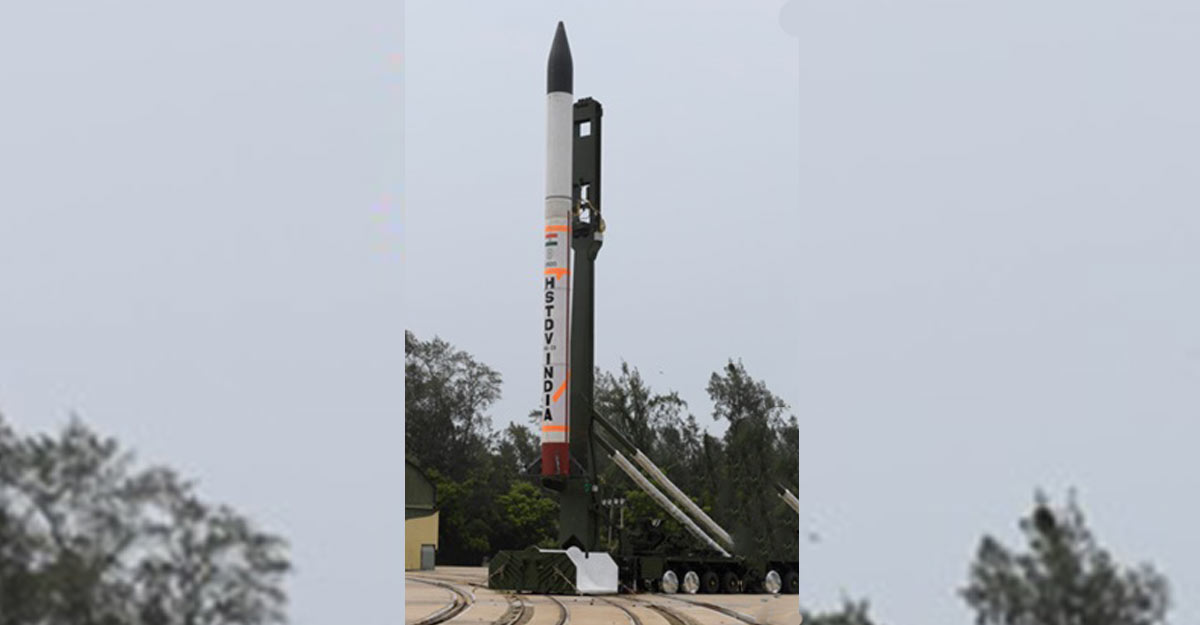
 www.onmanorama.com
www.onmanorama.com
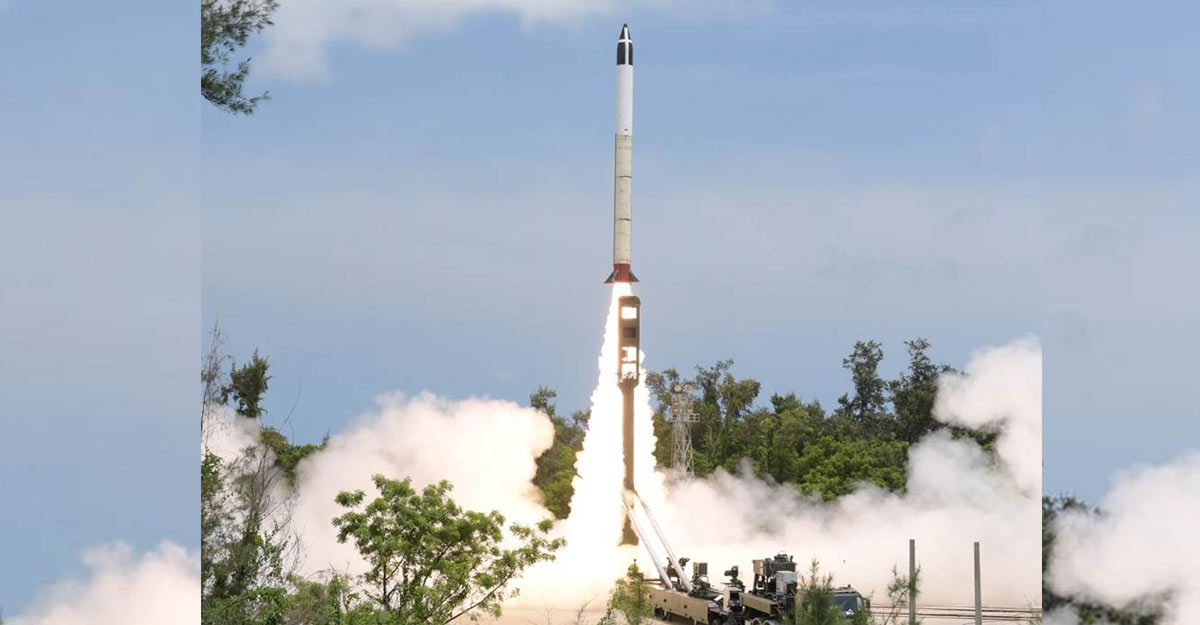
 www.onmanorama.com
www.onmanorama.com
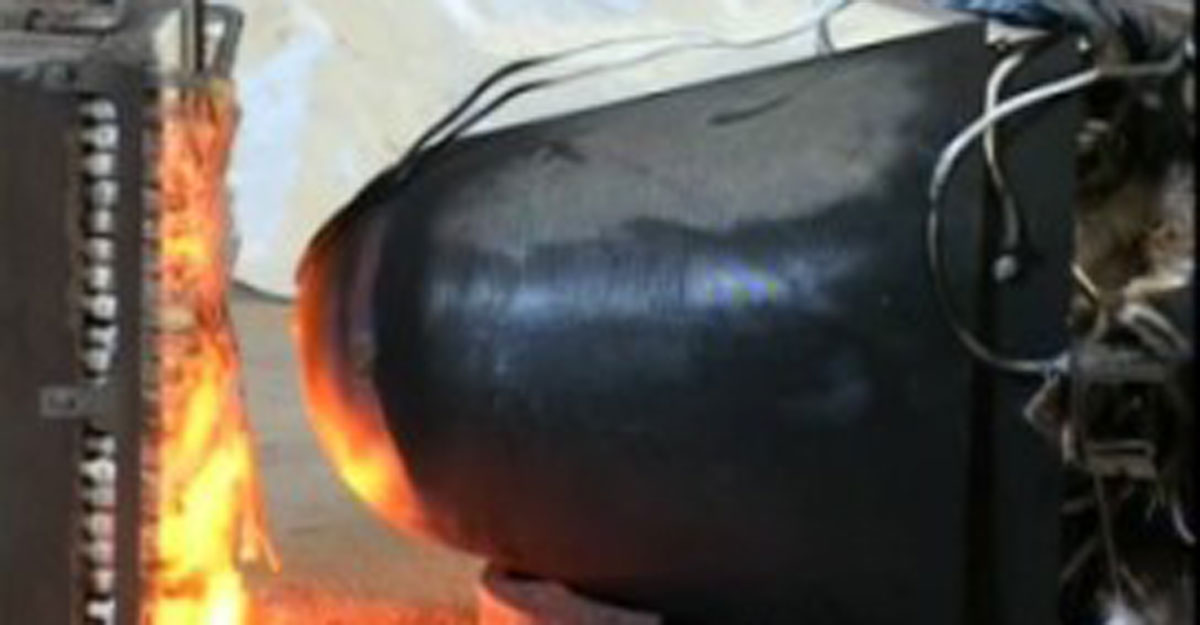
 www.onmanorama.com
www.onmanorama.com







